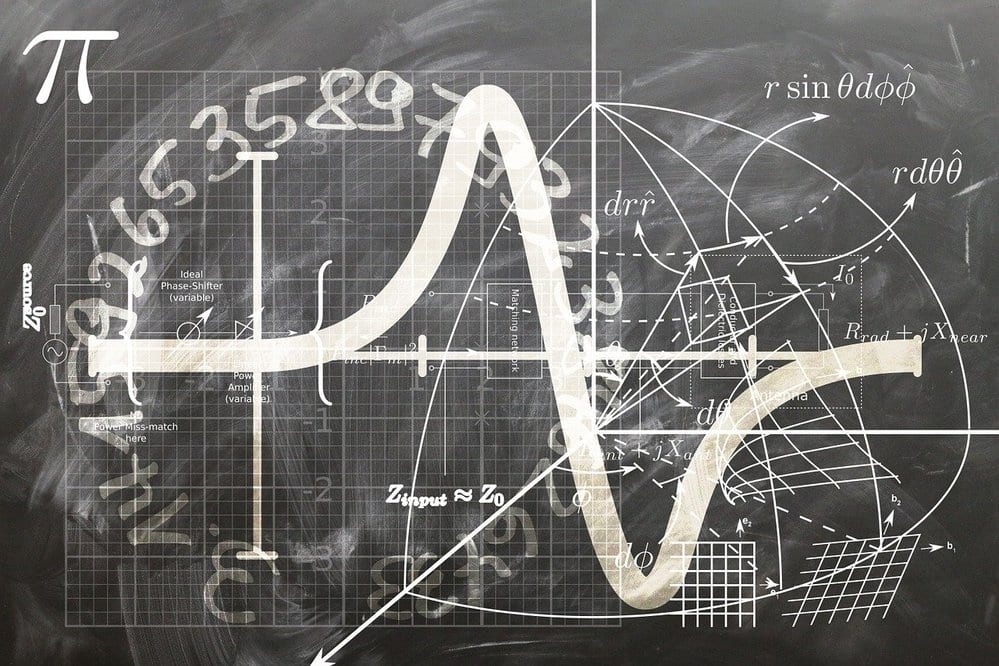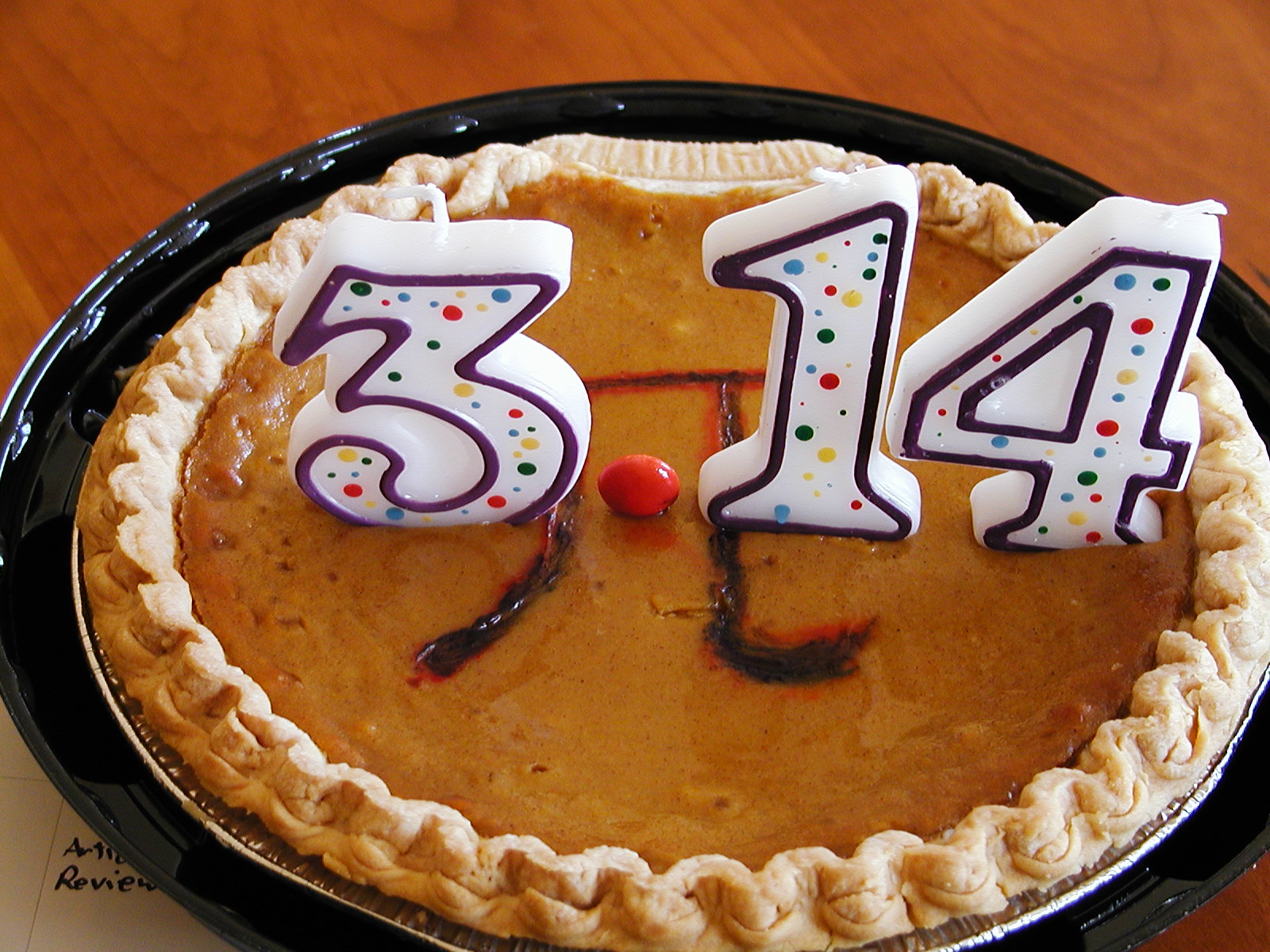After the burial – PI

The actual tempo is 120 beats per minute (bpm). You can hear this by listening for the closed hi-hat that is panned left: it is playing constant eighth-notes.The snare is on beat three in 4/4 time at 120 bpm.
A crash cymbal accents beat one of the first measure in 4/4. It is repeated every four measures.
Now this is where it gets tricky: the china cymbal.
It’s hard to feel the breakdown in Pi at 120 bpm, and this is mostly due to the china cymbal, which is playing a 4 over 3 (4/3) dotted-eighth note ostinato that begins on the “E” of one.
Confused?
Check it out: A quarter note is equal to one beat in 4/4 time, but so are two eighth notes, or 4 sixteenth notes. It’s all about subdividing note values.
When you count a measure of 4/4 in quarter notes, it’s: 1, 2, 3, 4.
When counting in eighth notes, it’s: 1 + 2 + 3 + 4 +. (a plus sign refers to the spoken count “and” ex. “One and two and three and four and”)
When counting in sixteenths, it’s: 1 E + A 2 E + A 3 E + A 4 E + A. (Spoken: “One e and a two e and a three e and a four e and a)
So when I say the china starts on the “E” of one, I’m referring to the spoken counting value assigned to the second 16th note in a quarter note duration.
A dotted eighth note is a duration of three 16th notes, an ostinato is a persistently repeated pattern. Basically, the china plays on the bold-capitalized letters:
one E and a TWO e and A three e AND a four E and a ONE e and A etc.
Starting to get it? Cool.
At last, the reason Pi is what it is: the Double-bass pattern.
The formula of Pi for the kick drum was pretty far fetched at first, but seemed to work well once the track was finished. The numbers and rests in the formula translate to 16th notes on the kick drum, and 16th note rests. There is no kick drum beats where there are snare drums. Sooo, here it is:
With the decimal point BEFORE the number, and starting with the first number, move that many decimal points to the right and insert that many 16th note rests. Use one 16th note rest to divide the numbers you passed (when applicable). Continue on throughout the rest of the figure. No repeats.
So basically for the first step, you’d place the point (pt) before the first number, three: (pt)3.14159265
Next you jump the decimal three points to the right: 3.14(pt)159265
That’s where you insert three 16th rests, and insert one 16th note rest between the other numbers you passed: 3(16th rest)1(16th rest)4(dotted-eighth)159265
Now, your decimal lies in between the 4 and the 1. So, following the formula, you move one point to the right of the 1 and insert one 16th note rest. There are no numbers to separate with single 16th rests, so you move onto the next number, which is 5, and follow the same instructions.
That’s all there is to it! The formula extends out to 71 decimal points “
Gli “After the burials” sono un gruppo “metal/hardcore/progressive” statunitense. Questa canzone è particolarmente curiosa per i motivi di cui sopra.
Quote da http://www.petrucciforum.com/forums/showthread.php?t=61342
Myspace del gruppo http://www.myspace.com/aftertheburial



